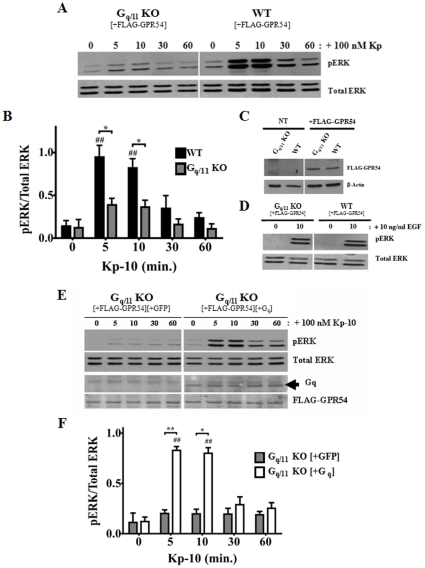Figure 5. GPR54 positively regulates ERK1/2 activation in a Gq/11-dependent manner.
Representative autoradiograph (A) and densitometric analysis (B) showing the expression of total and activated ERK1/2 in GPR54 overexpressing Gq/11 KO and corresponding WT parental MEFs following stimulation with 100 nM Kp-10 (for the indicated time points). (C) Representative Western blot confirming absence and presence of expression of FLAG-GPR54 in non-electroporated (NT) and FLAG-GPR54 overexpressing Gq/11 KO and WT MEFs, respectively. (D) Representative western blot showing the expression of total and activated ERK 1/2 following treatment of the Gq/11 KO and corresponding WT parental MEFs with 10 ng/ml EGF (for the indicated time points). This was used as a control to assess whether the ERK1/2 pathway was still functional in these cells. Representative autoradiograph (E) and densitometric analysis (F) showing the expression of total and activated ERK1/2 following stimulation with 100 nM Kp-10 (for indicated time points) of GPR54 overexpressing Gq/11 KO MEFs co-transfected with either GFP vector (grey bars) or untagged Gq (white bars). All western blot analyses were done using monoclonal anti-ERK1/2 and anti-phospho ERK1/2 antibodies. Polyclonal anti-Gq and monoclonal anti-DDK (FLAG) antibodies were also used. The data represent the mean ± S. E. of 4 independent experiments (B) or the mean ± S. E. of 3 independent experiments (F). ## P<0.01 vs 0 min. control (within the specific cell line). *P<0.05, ** P<0.01 vs respective wild-type (or ‘add-back’) control at the indicated time point.

